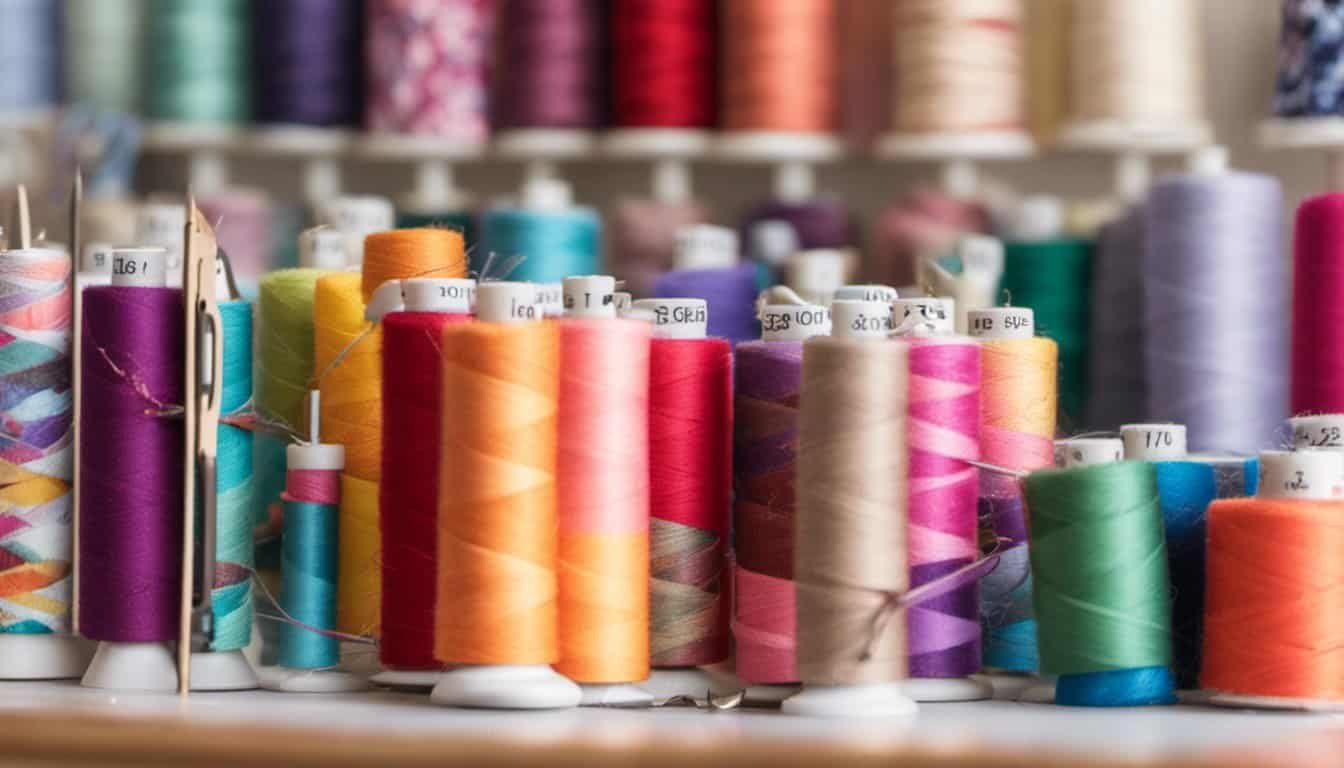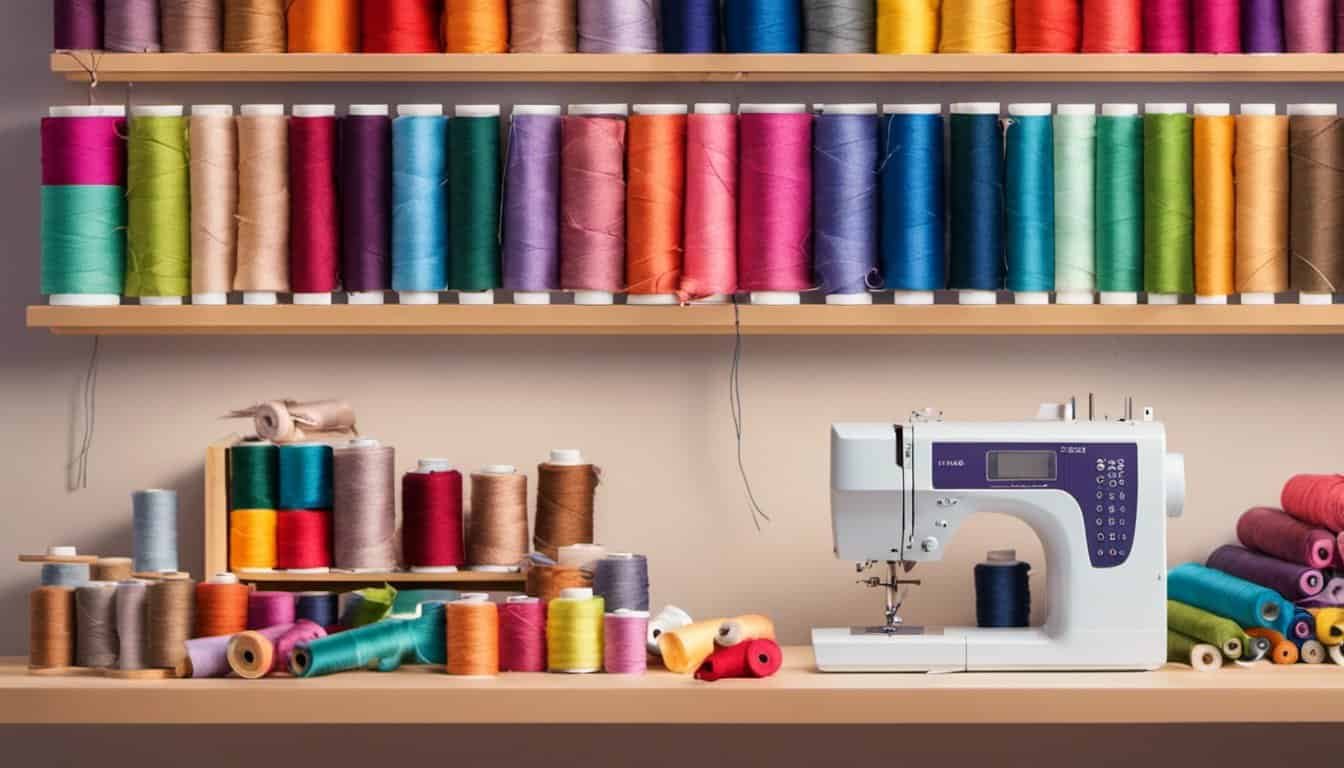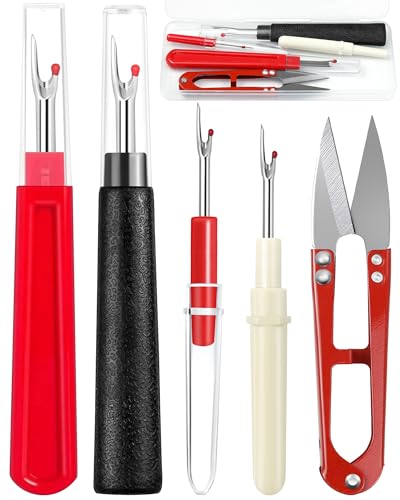You’re in the middle of a creative sewing project when suddenly, your machine grinds to a halt. Frustration sets in as you wonder what went wrong and how you can fix it without derailing your progress. Don’t worry—you’re not alone, and there are simple steps you can take to get your sewing machine back on track.
Whether you’re a seasoned seamstress or just starting out, encountering a stuck sewing machine can be a common but solvable issue. By understanding the possible causes and learning some quick troubleshooting techniques, you’ll be back to stitching in no time. Let’s dive into the essentials of getting your sewing machine running smoothly again.
Understanding Why Your Sewing Machine Is Stuck
Sometimes, your sewing machine gets stuck, interrupting your project. Identifying the root cause helps you get back on track quickly.
Common Causes of Jams
Several factors can cause your sewing machine to jam:
- Thread Issues: Improper threading of the machine, tangled thread, or incorrect tension settings often jam sewing machines. Check that your thread follows the correct path and proper tension is set.
- Needle Problems: A bent or dull needle frequently causes stitching issues. Ensure that your needle is appropriate for the fabric type and is in good condition.
- Fabric Buildup: Accumulated lint or fabric fibers obstruct the bobbin area, preventing smooth operation. Regular cleaning helps avoid this issue.
- Obstructed Bobbin: Incorrectly placed or wound bobbins disrupt your machine’s work. Verify that the bobbin is seated correctly and wound evenly.
- Material Compatibility: Thick or unusual fabrics might require different machine settings. Ensure your machine is suited for the material you’re using.
Impact of Maintenance on Sewing Machine Performance
Regular maintenance improves sewing machine performance and prevents jams:
- Cleaning: Regularly clean your machine, especially the bobbin area and feed dogs. This keeps lint and dust from causing issues.
- Oiling: Apply the correct type and amount of oil, if your machine requires it, to maintain smooth operation.
- Part Inspection: Check and replace worn-out or damaged parts. Regular inspection ensures parts like needles and bobbins function properly.
- Professional Servicing: Periodic professional servicing maintains optimal machine performance. Experts can detect and fix issues you might miss.
Keeping these factors in mind ensures smooth sewing experiences and prolonged machine lifespan.
Step-by-Step Guide to Fix a Stuck Sewing Machine
When your sewing machine gets stuck, it’s essential to address the issue methodically. By following these steps, you can identify and often resolve the problem quickly.
Turning Off and Unplugging
Turn off and unplug your sewing machine to ensure safety and prevent electrical hazards while examining and fixing the issue. Remove the foot pedal from the machine to avoid accidental activation.
Checking the Needle and Bobbin
Check the needle and bobbin since they’re often sources of sewing machine jams.
- Inspect the Needle: Ensure the needle isn’t bent or broken. Replace it with a new one if you see any damage.
- Examine the Bobbin: Open the bobbin case to check for tangles or misalignment. Correctly reinsert the bobbin if necessary and ensure it’s wound evenly.
Cleaning and Oiling the Machine
Clean and oil your machine regularly to maintain smooth operation and prevent jams.
- Remove Lint and Debris: Use a brush or compressed air to clear lint, thread bits, and fabric fibers from the machine’s interior.
- Lubricate Moving Parts: Apply sewing machine oil to all moving parts, following your machine’s manual for specific instructions. Use sparingly to prevent over-oiling.
Addressing a stuck sewing machine involves taking systematic steps to ensure all components are in good working order. By following these guidelines, you can often resolve the issue and get back to your sewing projects with minimal downtime.
Preventative Measures to Avoid Future Issues
Regular maintenance ensures your sewing machine runs smoothly and prevents it from getting stuck.
Regular Cleaning and Maintenance
Clean your machine after every project. Lint accumulates quickly, especially when working with fabrics that shed fibers (e.g., fleece, denim). Use a small brush to remove lint from the bobbin case and feed dog area. Refer to your machine’s manual for specific cleaning points.
Oil your machine per the manufacturer’s instructions. Sewing machines need lubrication to prevent metal parts from grinding. Use a high-quality sewing machine oil.

Check belts and tension regularly. Inspect belts for wear and adjust tension to match your fabric and thread.
Using the Right Needles and Thread
Select needles suitable for your fabric. Different fabrics require specific needle types and sizes. For instance, use a ballpoint needle for knits and a sharp needle for woven fabrics.
Match thread type to the fabric. Using all-purpose polyester thread works for most sewing projects, but specialty fabrics (e.g., silk) may require specific threads to avoid breakage.
Change needles frequently. Dull or bent needles can damage fabric and cause machine jams. Replace the needle after every project or every eight hours of stitching.
Professional Help and When to Seek It
Sometimes, even a well-maintained sewing machine can encounter problems that you can’t resolve on your own. Knowing when to seek professional help ensures your machine remains in excellent working condition.
Signs You Need a Professional
« Should I Get a Sewing Machine? Discover the Surprising Benefits and Hidden Costs
Unlock Pro-Level Sewing: How to Instantly Identify if Your Machine is Low Shank »
Persistent Issues: If your machine frequently jams despite regular cleaning and maintenance, consulting a professional can identify underlying issues.
Unusual Noises: Clunking or grinding sounds while sewing often indicate internal problems that require expert attention.
Electrical Problems: Flickering lights or erratic behavior necessitate professional service, as these could signify electrical faults.
Skipped Stitches: When adjusting tension and changing needles doesn’t resolve skipped stitches, a professional can recalibrate the machine accurately.
Finding a Reliable Repair Service
Research Options: Look for certified repair services with positive customer reviews and ratings on trusted platforms like Yelp and Google Reviews.

Check Warranties: Ensure the repair service honors manufacturer warranties to avoid voiding your machine’s coverage.
Ask for Recommendations: Seek recommendations from local sewing groups and online communities to find reputable repair shops.
Compare Prices: Obtain quotes from multiple services to gauge the reasonable cost for the needed repairs.
Conclusion
Taking care of your sewing machine doesn’t have to be daunting. With regular maintenance and a bit of troubleshooting, you’ll keep it running smoothly for years. Remember to clean and oil it regularly, use the right materials, and change needles often. If you run into persistent issues, don’t hesitate to seek professional help. Keeping your machine in top shape means more time for creativity and less time dealing with jams. Happy sewing!


















